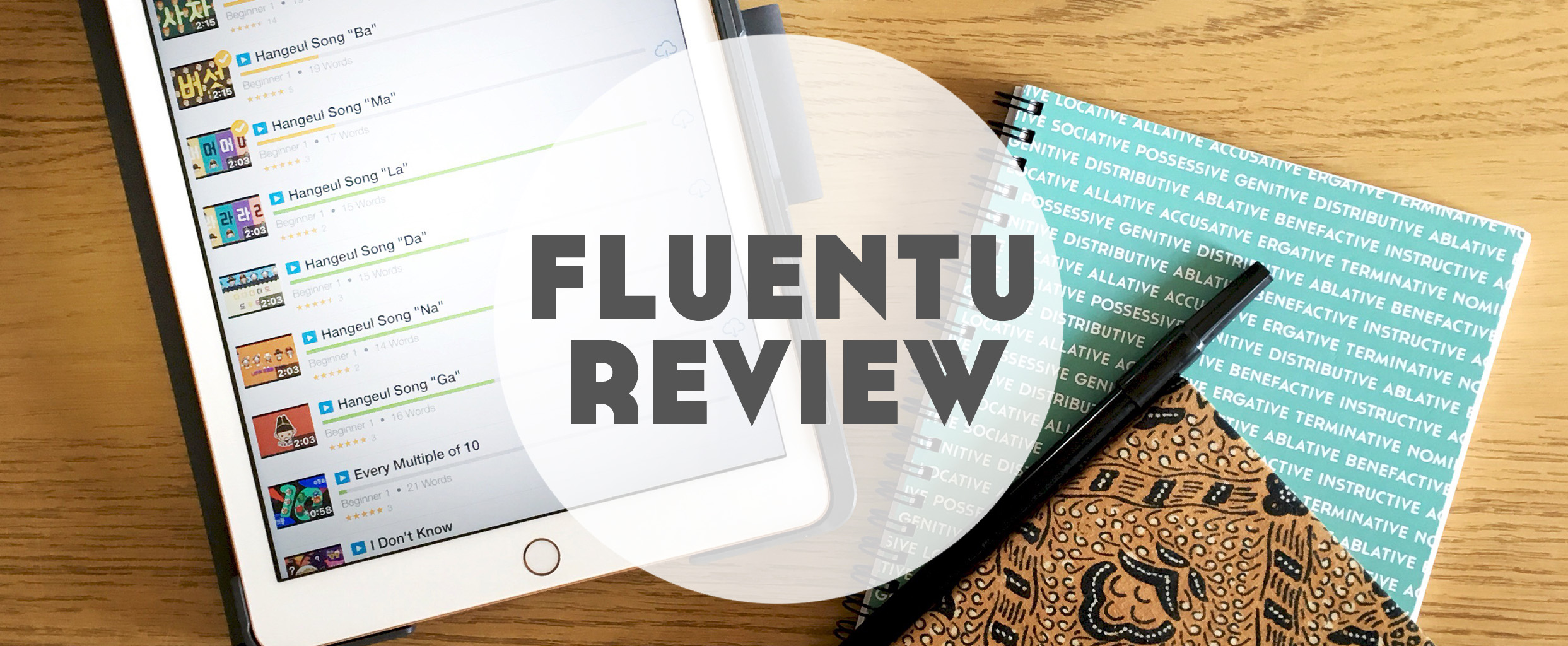July 23rd, 2019
FluentU Review 2019: Learning Korean with Videos
Back in 2015, I first discovered FluentU and used it to support my early Japanese studies. Another language FluentU supports is Korean, and when they reached out again recently and invited me to test the app and all its updates in the past few years on a free trial, I thought this was a great chance to update my review and learn Korean with videos. So, here’s my updated FluentU Review.

What is FluentU?
I made a quick 3 Minute Review to explain what it’s all about. Click play on the video below to watch that, or read on if you can’t watch video right now.
FluentU uses genuine video content from the internet to create their video based learning. There’s a website and an app available on Apple and Android.
Typically for each video there’s optional subtitles added below and a quiz for the new vocab you learn in that video. These words and phrases are then saved as flashcards on an SRS system (spaced repetition.)
There’s a good range of languages too – Spanish, Chinese, French, English, Japanese, German, Italian, Korean, Russian.
So what’s it all about?
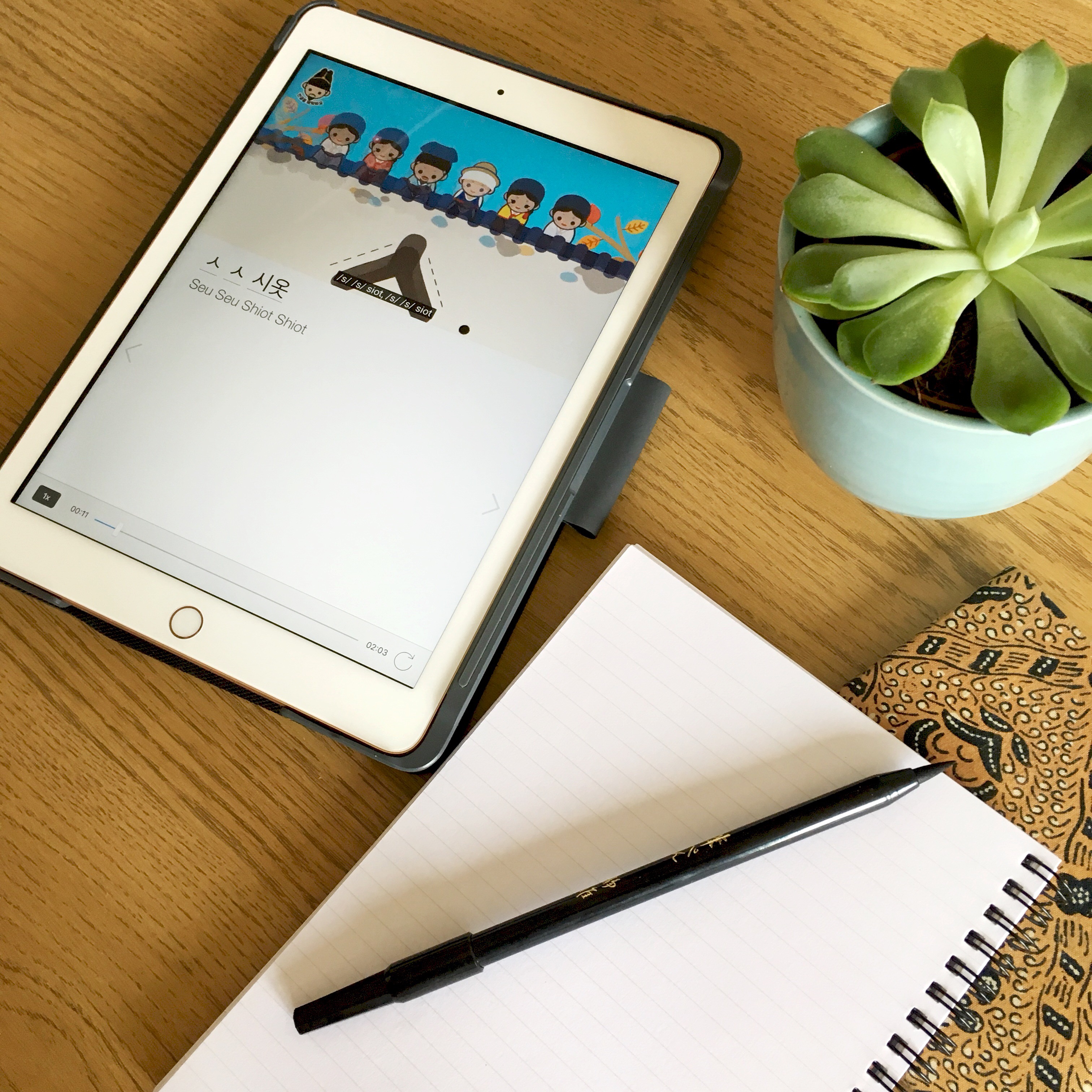
Here’s how it works. You browse the videos available for the language you’re learning by level, once you’ve spotted one that takes your fancy, pick it and watch. The subtitles appear below in both languages. You can also tap any word throughout for a direct translation.
What I noticed and really liked is that the videos are ordered in a logical order too for your ability.
I’ve been working through some really fun Hangeul songs that I would have never found otherwise.
When the video is done, you have the choice to play with a quiz to start learning the words featured in the video. This is done by multiple sample sentences, some from the video and others not, ensuring that you can identify and understand your new vocabulary in different contexts. Smart idea, huh?
This is what’s normally missing for me when I learn vocab. I learn a word and then I remember it (or not) but I have no context. So for me, having different sentence examples is a big advantage.
In a nutshell then, FluentU is a fun and natural way to learn languages without feeling like you’re studying too hard. Pretty nifty.
How much is it?
FluentU isn’t free. But stuff this good rarely is. However, the pricing is nice and simple.
You can join for 14 days for free to try it out. After that, you have just one simple payment option. Either you join and pay the monthly subscription or you can also save if you join via an Annual Plan. In fact, that gets you 4 months free, which is a really good deal. So if you’re looking for something new to use regularly, then it’s a worthwhile investment.
Click here to visit their site and sign up to the free trial to have a little look around before buying. (That’s my affiliate link, which means FluentU give commission to me when you join via my link, so it’s also a great way to support Lindsay Does Languages!)
How to Make the Most of FluentU
Ok, so now you know more about what FluentU is about and the basics of how it works, let’s take a look at how you can make the most of FluentU. Because when you’re paying for a subscription, that’s exactly what you want to do.
1. Download for Offline Use
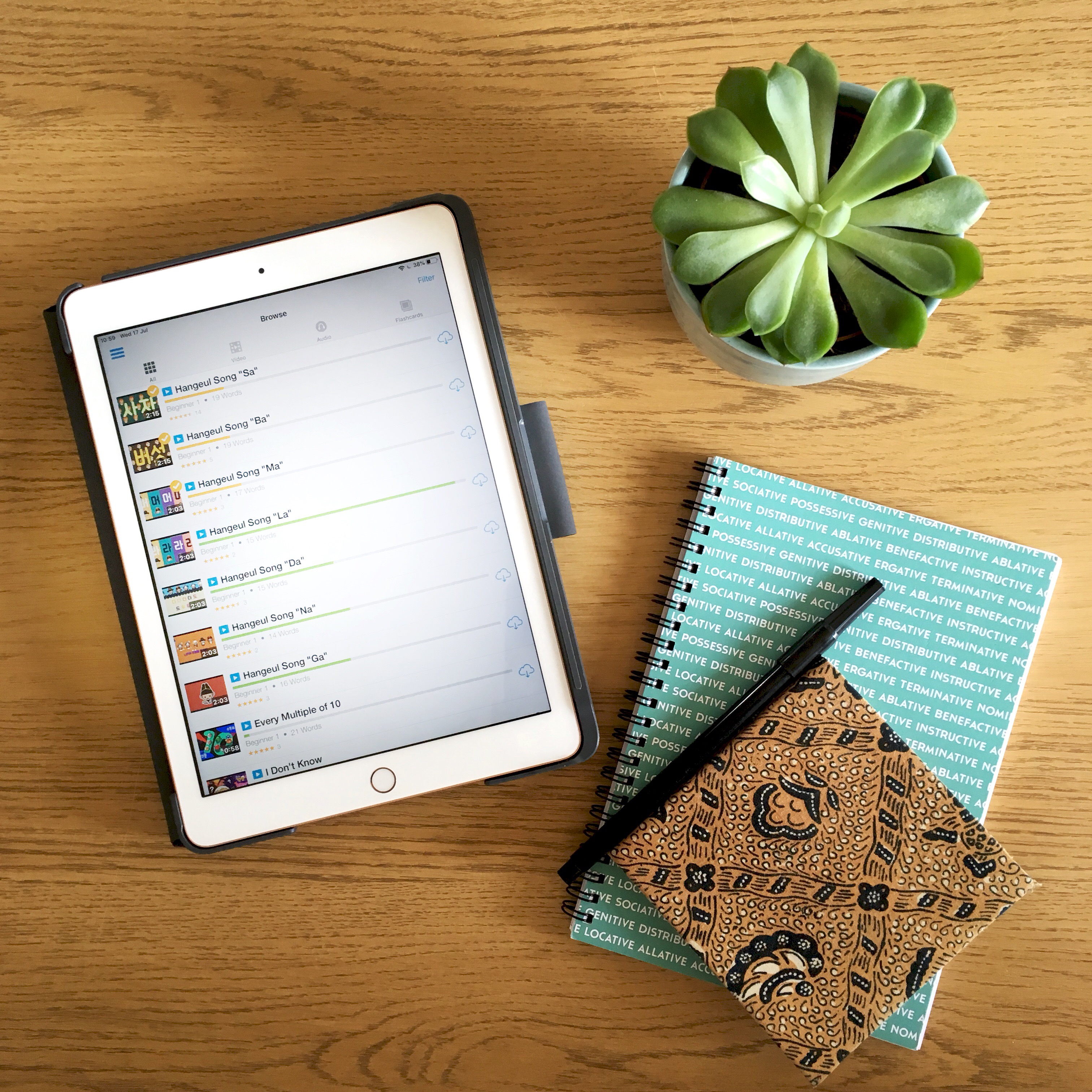
FluentU naturally works better on a tablet or a computer. That’s not to say that it doesn’t work on a phone – it does. But it’s much nicer to use with a bigger screen.
And the great thing in particular about using FluentU on a tablet is that you can download for offline use. So wherever you are, you can be using FluentU to help you learn languages on the go.
To do this, simply click the cloud with a little down arrow next to a video from the main feed. To access your downloads, click the top three lines in the top left corner of the app to open the menu bar, click ‘My Content’, which will open up a drop down menu. Now click ‘Downloaded’.
2. Make Playlists
Much like when you log onto YouTube, when you open FluentU, you’re presented with an array of videos.
These are adjusted to the level that you’ve listed for that language, but to really make the most of FluentU, create playlists of videos you want to watch.
You could group these playlists around particular topics, specific grammar points, or something else.
To do this, simply click a video from the main feed and click the very top ‘+’ that appears in a circle. You’ll then see a page asking you which playlist you want to add this video to. You can select an existing playlist or click ‘New Playlist +’ to create a new playlist.
To view your playlists, simply click the top three lines in the top left corner of the app to open the menu bar, click ‘My Content’, which will open up a drop down menu. Now click ‘My Playlists’.
3. Review Your Flashcards
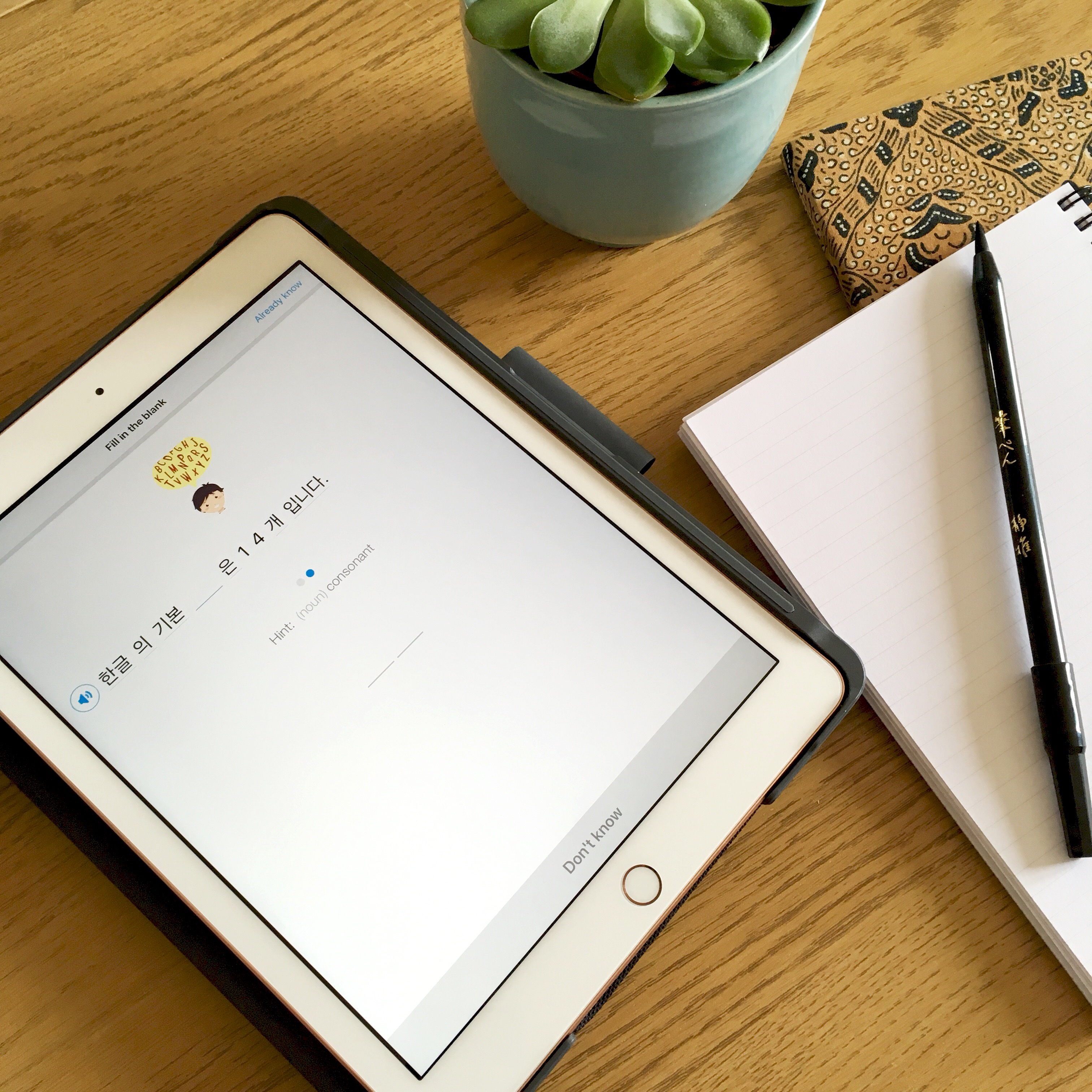
Whatever you learn from the videos and the quizzes is saved in your flashcards. These work on an SRS (Spaced Repetition System) basis, which means you can trusts FluentU will only show you something when you need to practise so you won’t be wasting your time.
The flashcards work like the quizzes after the videos, so you get to see most words in various contexts too, sometimes with additional video clips instead of images to help you remember.
If you click ‘Flashcards’ on the main Browse bar (All, Video, Audio, Flashcards), you’ll see a range of flashcard decks available for download. But, to view your own, you’ll need to access it from somewhere else.
To do this, simply click the top three lines in the top left corner of the app to open the menu bar, click ‘My Content’, which will open up a drop down menu. Now click ‘My Flashcards’. Here you’ll see ‘My Vocab’ and ‘Already Known’ at the top.
4. Filter content
The content you see in your main feed when you log on will be adjusted to your level already depending on what you said your level was for that language when you first signed up.
If you feel like a challenge however, you can adjust this to filter content to show only specific levels. Perhaps this would be a good chance to create a playlist or two of interesting videos you want to catch up on in the future.
Alternatively, you could also filter content by the topic. For example, if you’re really interested in art, you’ll have much more success using content that’s interesting to you.
Finally, you also have the option to filter via format. Are you looking for clips, music videos, commercials, movie trailers, news or something else? The format of the video you watch might vary the style of language used so this can be a useful feature to help make the most of FluentU so you’re only seeing the best content for your level.
To do this, simply click ‘Filter’ in the top right on the main page when you open the app. Then select your filter options – you can select multiple options here – and click ‘Done’ to see your updated video feed.
5. Set a Daily Goal
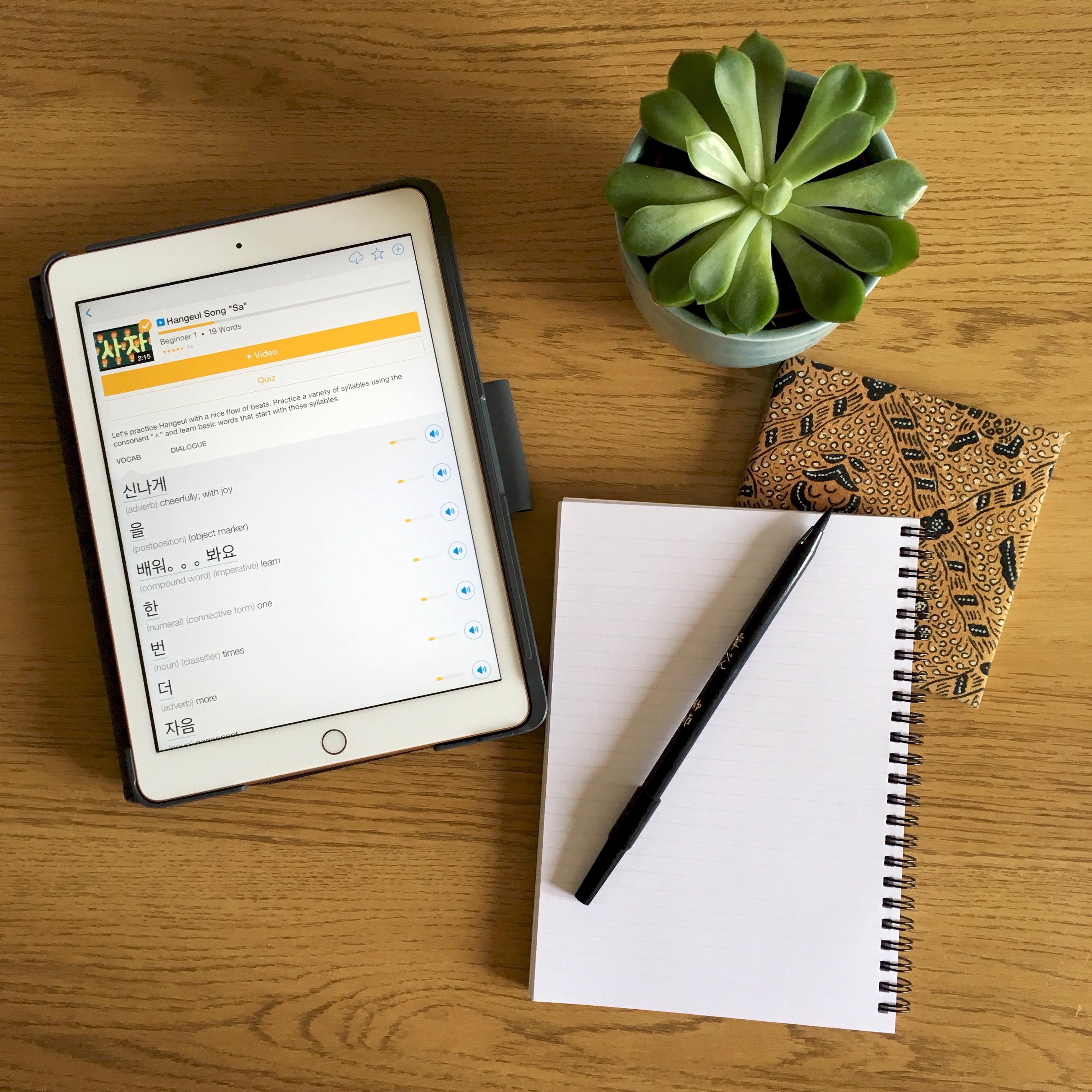
Goals work. You probably know already if you’ve read anything on the blog before that I love me some good solid language goals!
FluentU allows you to set a daily goal right within the app. It’s even possible to set a daily notification reminder for your device so you’ll always remember to study.
To do this, simply click the top three lines in the top left corner of the app to open the menu bar, click the Settings cog at the bottom, and scroll to click ‘Daily Goal’. And if you want to set a Notification, tap that too to pick when you want your daily goal reminder. You’ll also need to allow notifications for the FluentU app in the main settings on your device for this bit to work.
6. Multiple Languages
What’s great about FluentU is that for the subscription price, you get access to all the languages they offer. Currently that includes Chinese, Spanish, English, French, German, Japanese, Italian, Russian and Korean.
Already got years of experience learning French back in school but feel like gentle practise and a refresher alongside your new language? You can do that. And you totally should seeing as it’s included in the same subscription.
To do this, simply click the top three lines in the top left corner of the app to open the menu bar, click the Settings cog at the bottom, and scroll to click ‘Language’.
Join FluentU
Ready to join FluentU?
Click here to sign up now and enjoy your free 14 day trial to see if it’s right for you.

